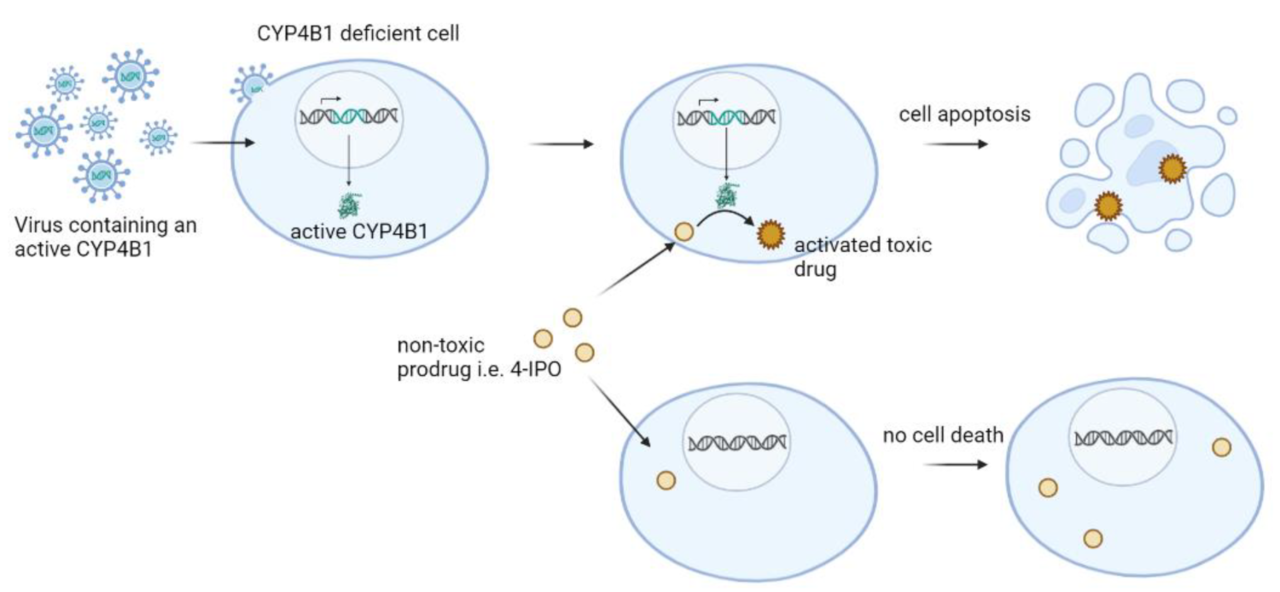In collaboration with other scientists members of our group elaborated a review which summarizes the current status of CYP4B1 research with a spotlight on its roles in the metabolism of endogenous and exogenous compounds, structural properties, and cancer association, as well as its potential application in suicide gene approaches for targeted cancer therapy. The publication recently appeared in International Journal of Molecular Science. Below you can read the abstract. The link to the whole publication can be found in the reference at the bottom.
"The mammalian cytochrome P450 monooxygenase CYP4B1 can bioactivate a wide range of xenobiotics, such as its defining/hallmark substrate 4-ipomeanol leading to tissue-specific toxicities. Similar to other members of the CYP4 family, CYP4B1 has the ability to hydroxylate fatty acids and fatty alcohols. Structural insights into the enigmatic role of CYP4B1 with functions in both, xenobiotic and endobiotic metabolism, as well as its unusual heme-binding characteristics are now possible by the recently solved crystal structures of native rabbit CYP4B1 and the p.E310A variant. Importantly, CYP4B1 does not play a major role in hepatic P450-catalyzed phase I drug metabolism due to its predominant extra-hepatic expression, mainly in the lung. In addition, no catalytic activity of human CYP4B1 has been observed owing to a unique substitution of an evolutionary strongly conserved proline 427 to serine. Nevertheless, association of CYP4B1 expression patterns with various cancers and potential roles in cancer development have been reported for the human enzyme. This review will summarize the current status of CYP4B1 research with a spotlight on its roles in the metabolism of endogenous and exogenous compounds, structural properties, and cancer association, as well as its potential application in suicide gene approaches for targeted cancer therapy. "
Röder A, Hüsken S, Hutter MC, Rettie AE, Hanenberg H, Wiek C, Girhard M, 2023, Spotlight on CYP4B1, International Journal of Molecular Science, 24:2038, https://doi.org/10.3390/ijms24032038
© 2023 by the authors. Licensee MDPI, Basel, Switzerland. This article is an open access article distributed under the terms and conditions of the Creative Commons Attribution (CC BY) license (https://creativecommons.org/licenses/by/4.0/).



